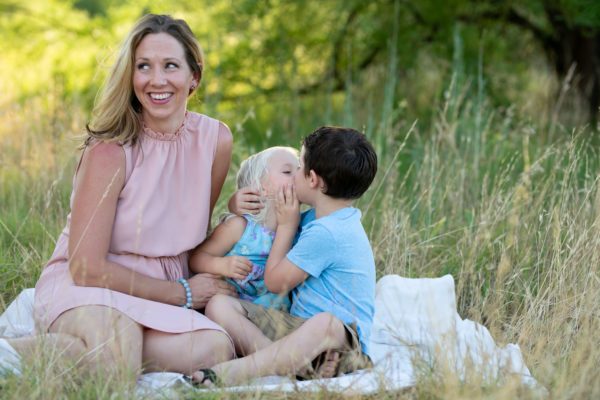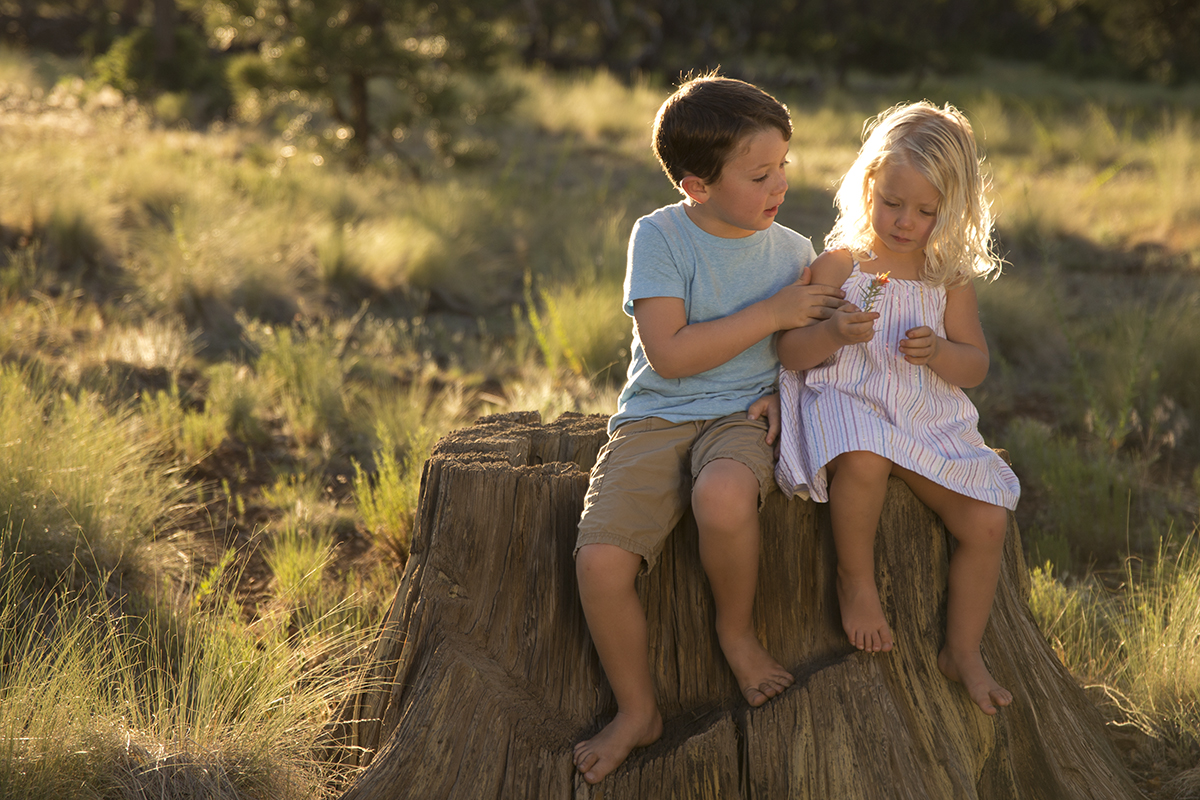The key is… (are you ready for it?)… patience. Yep, that’s it. Simple, but not easy.
Be.
Prepared.
To.
Wait.
Once you understand that this may take a while you will not feel the need to rush them or yourself, which will inevitably make this portrait session implode. This applies to photographing children by themselves, with siblings/friends, and in family portraits. In fact, sometimes photographing families with children is even more difficult because the parents get frustrated trying to make their kids behave that it can have the opposite effect. Hopefully your patience will rub off on them.
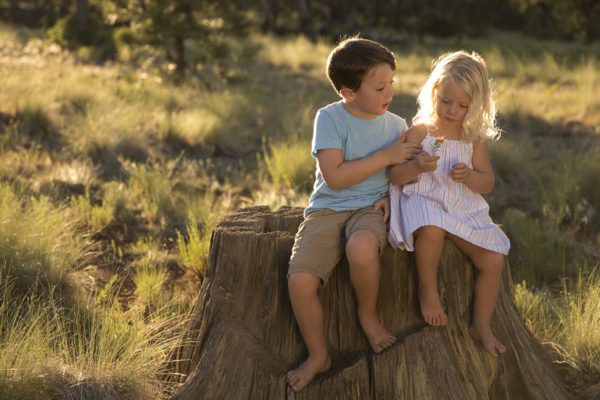
Upon meeting for the shoot, do not have your camera in hand. Introduce yourself, meet them. Whether you are at their house, a park, or your studio let them wander and be curious. See what grabs their attention. If they are older and are accustomed to sitting still, ask them questions. Make them feel comfortable around you. Get them to laugh… and *snap*. Or if you are on continuous, *snap*snap* snap* snap* snap* snap* snap* snap* snap* snap*, which I highly recommend. Aaaaaaaannnnd, put the camera down. Keep talking.
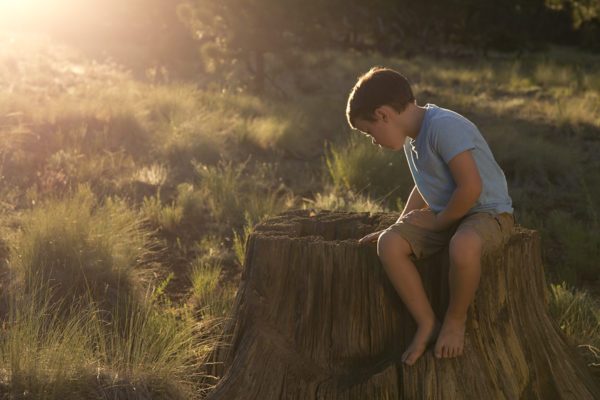
Keep it simple. Think large, soft light. Not only because it is flattering but because it allows for even light as kids move around. Obviously shooting outdoors is ideal, there is plenty of room to move and available light is abundant. I prefer shooting an hour before sunset in any open area where there are large trees. The trees can provide shade or dappled back-light for golden hour, and there is still another 15-20 minutes to shoot after the sun goes down, if you need it .
Shooting indoors works fine, too. Nice big window light helps, or even one or two large soft boxes. I do prefer constant light over strobes in this situation as the strobes can be distracting. If you are shooting in the children’s home they will feel very comfortable. If they are in your studio they can bring toys and props. Not that they have to be incorporated in the shot, but they will help keep their attention focused on something that interest them. You can always crop or clone them out if need be. Another reason I like shooting in nature is that there is a lot to see and interact with.
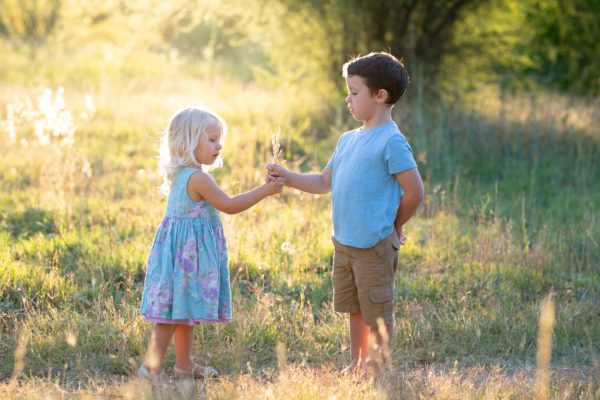
As far as lenses go, I typically shoot somewhere between 50mm and 200mm, fast aperture, of course. I am a huge fan of primes. The 50mm f1.4 Art is good in studio, but If I have the room I go longer. The 85mm, 105mm, and 135mm f1.4 Art are all excellent. The longer you go, the more your background is minimized. Since my little ones are still under 4 feet tall I have no problem going long. However, be aware of the Depth of field getting more shallow with the longer focal lengths. If I’m going to go to 105 or 135, I usually will stop down to f2 or 2.2 to ensure I have enough space in case they wiggle out of the focal plane.
To play it safe though, the 70-200mm f2.8 zoom lens is best of both worlds: fast and versatile. With young kids especially, the 70-200mm lets me follow at a distance and quickly change the angle of view. Here I will also shoot at f2.8. Although I usually teach people to shoot manually, this is one of the times I will go to Aperture Priority, choosing an ISO (usually 200-800) that will give me a faster shutter speed to stop action. If you have a variable aperture zoom lens, set it to widest angle position and set the Aperture Priority to the maximum aperture, and your camera will automatically adjust and keep it to the max aperture, even as you zoom. And remember: Optical Stabilizer can reduce camera and lens shake, but the slow shutter speeds will show subject movement, so OS isn’t an option with moving subjects.
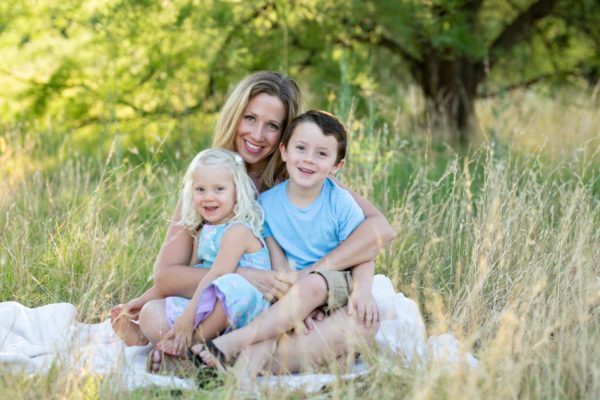
I control my exposure by adjusting the exposure compensation in back-lit scenes. Another advantage of the zoom lens is going from group shot to singling one or two kids out (in family portraits) or also quickly going wide with one subject using the rule of thirds to compose a larger, more compelling scene.
Lastly, being able to change the focal length outdoors allows me to move around and have a variety of different looks in one location.
